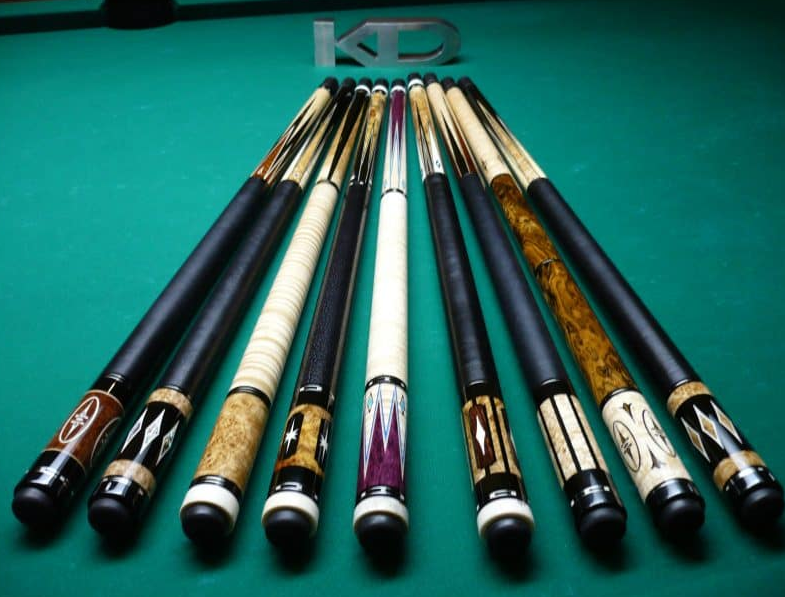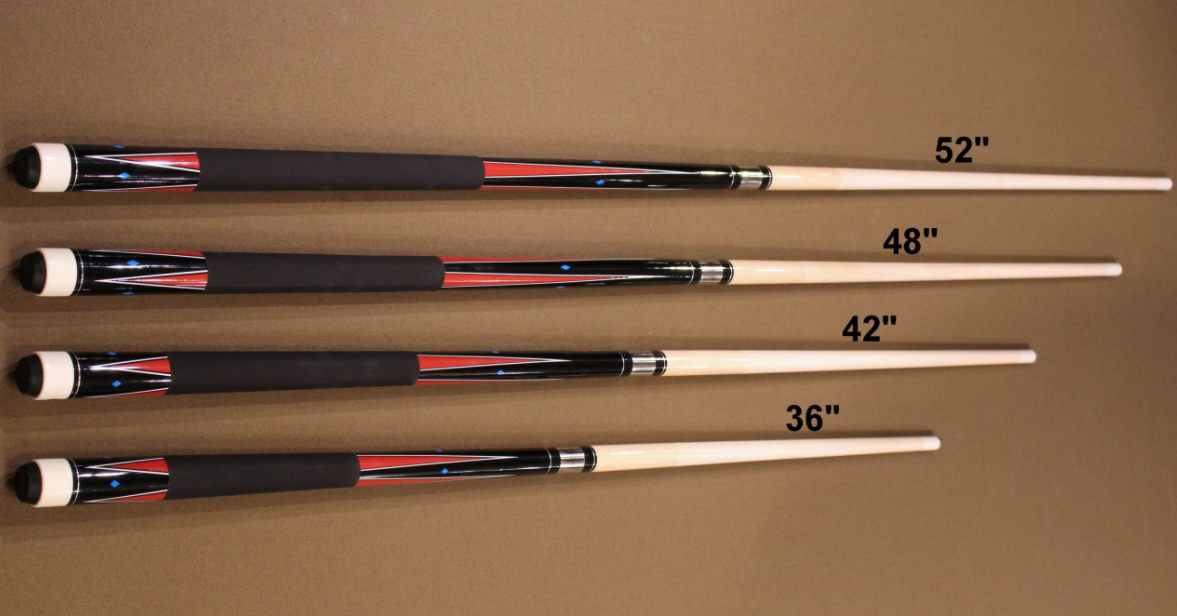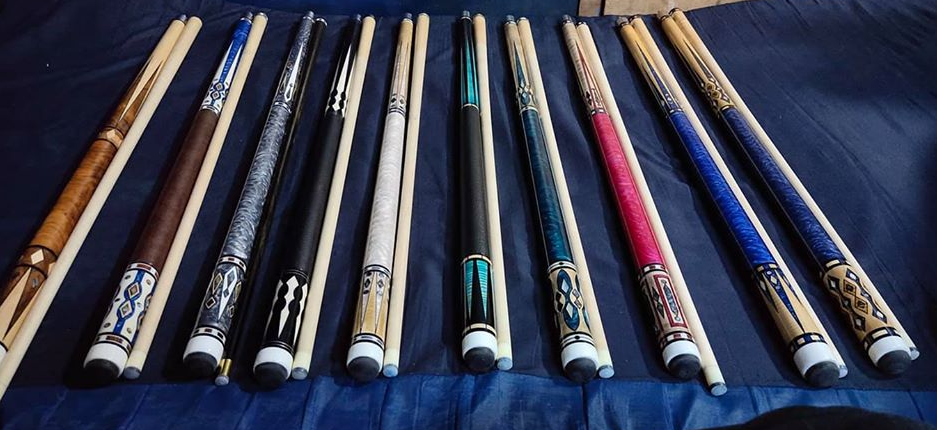Are you looking for pool cues for sale in your area? If you’re new to pool and thinking about purchasing your cue, there are a few things you should know first. There are different types of pool cues for sale online. You need to know which is the right one for you.
Pool Cues for Sale
The first thing you should realise is that there are four different types of advice to think about. Each has its own set of benefits and drawbacks. The density or hardness of the pool cue tip you choose is determined by your playing style.
How To Buy Cue Stick With The Right Tip?
Soft and “Super Soft” Tips
At impact, it absorbs more energy, forcing the tip to stay on the ball for a fraction of a second longer. The cue ball will have extra spin or “English” as a result of this. If you’re the type of pool player who likes to move the cue ball around the table, a soft tip is a way to go. Softer tips, on the other hand, tend to “mushroom” and require more frequent upkeep.
Medium Hard Tips
The most prevalent form of a cue tip is this one. This is an all-purpose cue tip that provides players with a combination of cue ball control and consistency. In addition, medium-hard tips require less upkeep than soft tips.
Hard Tips
They absorb less energy at impact, causing the cue ball to spin less. Although hard tips last longer, need less maintenance and provide players with some regularity, they are more likely to create miscues because they absorb less energy at impact.
Phenolic Tips
These are composed of carbon fibre and are just as tough as the cue ball. On billiard cue sticks used for breaking, this sort of cue tip is commonly used. Phenolic tips transfer the highest amount of energy on touch and require very little upkeep.
What Will Your Cue Be Used For?
When purchasing a cue, the first decision you must make is what you will use it for. Certain cues are designed to be used for playing, while others are designed to be used for breaking or jumping. You should wisely choose which one to select from the pool cue for sale in the market.
Jump Cues
Jump Cues are made primarily for jumping the cue ball, as the name implies. They are usually shorter than most normal pool cues, measuring around 40 inches in length, which is the minimum length allowed for tournament play. They’re also significantly lighter, weighing in at roughly 10 ounces on average.
Break Cues
Break Cues are made exclusively for breaking, as the name implies. They are usually 58″ in length and have a hard tip, which is usually phenolic. Depending on the player’s inclination, a break cue might be heavier than a conventional pool cue. The majority of break cues weigh between 20 and 27 ounces. This isn’t to mean that your break cue has to be as heavy as this; it’s all a matter of personal taste.
Jump-Break Cues
Jump-Break Cues combine the features of a jump and a break cue. They’re made up of three components that screw together like a traditional two-piece cue. To use it as a jump cue, simply attach the butt end to the shaft, as if it were a two-piece cue. You may use it as a break cue by screwing the extension to the butt end and having a full-length break cue.
Playing Cues
Most of the time, you will be holding playing cues. Because this is the cue you’ll use the most out of all the others, it’s critical to get it correctly. A medium tip is standard on most playing cues, which is ideal for general playability.
Conclusion
Overall, finding the ideal pool cue for sale is a matter of personal taste. It will most likely take some time and trial and error before you locate the perfect one.
For further information Click here!



